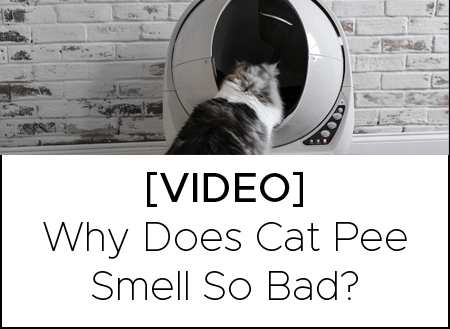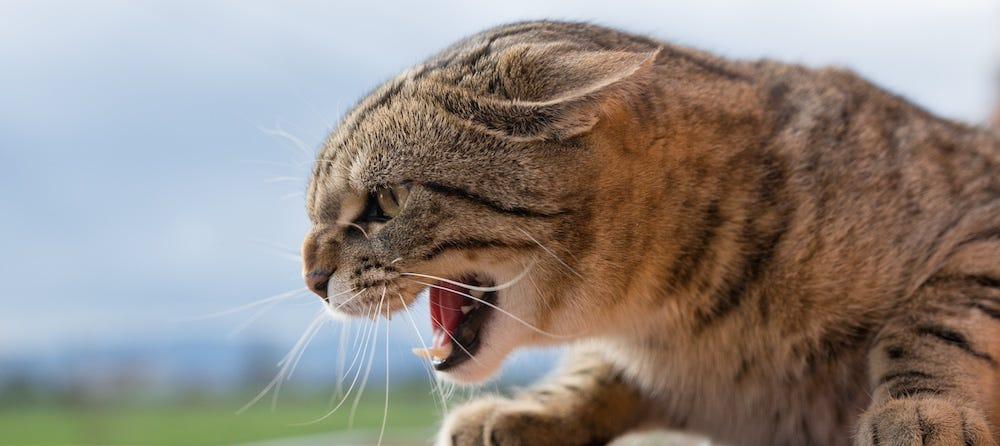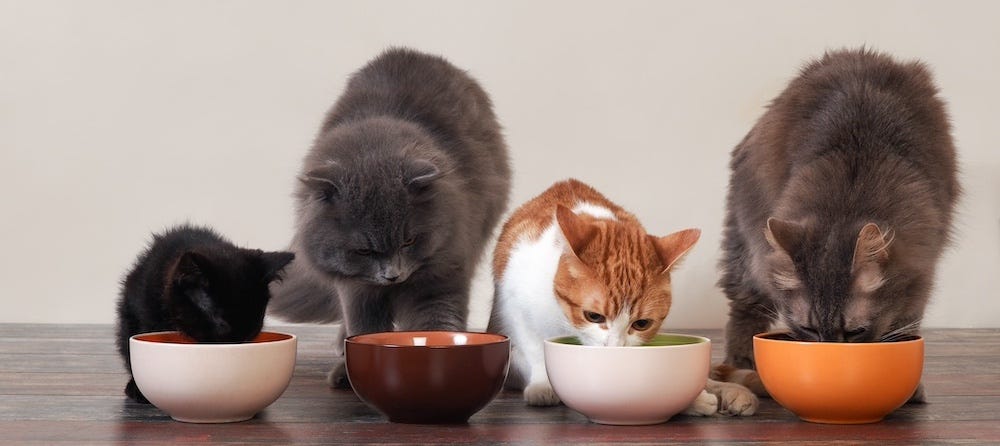Last month, I talked about my most hated disease in veterinary medicine: cancer. If your cat was just diagnosed with lymphoma, read on. But first check out part one on feline lymphoma, where we talked about lymphoma, which organs it affects, what clinical signs your cat may show from it, and how your veterinarian will diagnose it. Today, we’ll talk about treatment for lymphoma in cats.
Should you see a veterinary oncologist?
First, please know that the diagnosis of lymphoma is not always a “death sentence.” In fact, lymphoma—while one of the most common cancers diagnosed in dogs and cats—has one of the best prognoses with treatment. Most people have had a previous experience with chemotherapy in their human family members or friends, and often have a “bad” memory of it. Hair loss, nausea, weight loss, loss of appetite—all the bad things that come with chemotherapy. However, in veterinary medicine, it’s a bit different. In veterinary medicine, we don’t aim for cure, as it typically makes our pets too sick. Instead, our goal is to try to shrink cancer cells while preserving qualify of life.
My advice? It’s worth making an appointment with a board-certified veterinary oncologist so you can directly talk to them about treatment options. Making that $150 appointment doesn't commit you to chemotherapy. You don’t have to necessarily spend thousands of dollars or put your cat through anything you don’t want to. That said, it’s worth making that first appointment so you can hear their opinion of the cancer and treatment options. That way you are the most informed about your pet’s medical care.
What’s the treatment for feline lymphoma?
Thankfully, of all the types of cancer in veterinary medicine, lymphoma is the one that best responds to treatment. Treatment may include chemotherapy (both oral medications at home and injections at the vet clinic). Rarely, surgery (if there is a large mass or obstruction) or even radiation therapy (for nasal, central nervous system, and laryngeal lymphoma) may be used. In veterinary medicine, most types of lymphoma in cats are treated with a “CHOP-based” protocol. This consists of rotating injections of chemotherapy, which is generally weekly for 4-5 weeks (called a cycle). Specifically, we use drugs like vincristine/vinblastine, cyclophosphamide, doxorubicin, and L-asparaginase. This typically occurs for 19-25 weeks. Simultaneously, you have to give oral prednisolone (a corticosteroid) at home.
How do cats handle chemotherapy?
So, do cats handle chemotherapy well? The biggest side effects are loss of appetite, nausea, and mild loss of fur (often whiskers). Very rarely, cats will experience immunosuppression and bone marrow suppression. In fact, side effects of treatment are generally mild and occur about 10-20% of the time. The majority of the time, the side effects can be easily treated with fluids under the skin, anti-nausea and anti-vomiting medication, and even appetite stimulants (like mirtazapine or Entyce™).
What’s the prognosis for feline lymphoma?
Unfortunately, the long-term prognosis for feline lymphoma is extremely variable based on which form of lymphoma your cat may have. In basic terms, we tend to say “large cell” and “small cell” lymphoma. Large cell, also known as lymphoblastic or high-grade lymphoma, is the more aggressive type and generally affects the gastrointestinal tract. Small cell, also known as well-differentiated lymphoma or low-grade lymphoma, also affects the gastrointestinal tract but is less aggressive in nature.
While cancer isn’t curable in veterinary medicine, some cats can live for up to 1-2 years, depending on the type of lymphoma. Large cell lymphoma generally has a prognosis of 6 months. Small cell lymphoma generally has a prognosis of 2 years.
The prognosis for lymphoma will also vary based on where the lymphoma is in the body, concurrent disease (such as concurrent feline leukemia), and response to chemotherapy. Some rarer cats can even go into remission, where they may not require chemotherapy during that time period.
Can I prevent cancer in my cats?
There are only a few known ways of preventing feline lymphoma. The first is to make sure your cat is negative for FeLV and stays indoors to avoid exposure from other cats. Vaccination against FeLV isn’t 100% effective, but can reduce the severity of FeLV.
As a toxicologist, I also want you to minimize any obvious exposure to tobacco smoke and any other chemicals that are known to be carcinogenic. (Contact the ASPCA Animal Poison Control Center or your veterinarian for more information.) While there’s not a definitive link to this, we veterinarians suspect that exposure to environmental poisons can potentially increase risks of cancer. Lastly, get to your veterinarian every year with your cat. The sooner we detect cancer on physical examination, the sooner we can treat it, and potentially the better the chances for survival.
Cover photo by Johnny Vigersten on Unsplash

Recommendations








